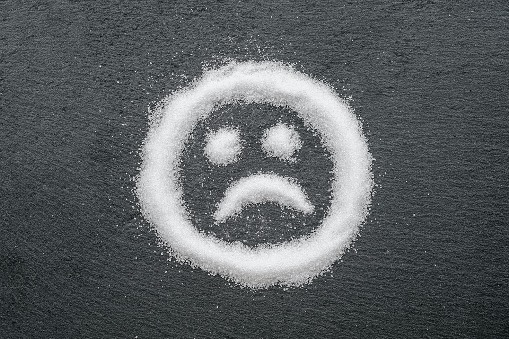- Do you feel any burning sensation behind chest bones?
- Do you have any problem while swallowing?
- Do you have pain in stomach?
- Are you suffering from occasional coughing or wheezing?
MAY BE YOU HAVE HYPERACIDITY…
What is Hyperacidity?
Hyperacidity is composed of two words: Hyper means excess and acidus means sour.Hyperacidity is a symptom and not a disease. It is defined as an excess secretion of hydrochloric acid in the stomach causing acidity of the gastrointestinal tract (GIT), producing a burning sensation and pain.
Types of Hyperacidity
Acid Reflux
It consists of supine acid reflux and upright acid reflux. The supine form is more prevalent during the night while lying down. On the other hand, upright form occurs during the day while the individual is sitting up.
Gastro-Esophageal Reflux Disease (GERD)
A condition which develops when the reflux of stomach contents causes troublesome symptoms and/or complications.
Acid Indigestion
It is similar to acid reflux or GERD, and exists anywhere from minutes to hours. Unlike acid reflux, the cause is generally due to reaction to food (food poisoning) with mild symptoms.
Signs & Symptoms of Hyperacidity
- Burning chest
- Expulsion of undigested food or blood into mouth
- Problem in swallowing
- Loss of hunger
- Bitter taste in mouth
- Pain at empty stomach
- Occasional coughing and wheezing
Causes of Hyperacidity:
- Improper eating habits.
- Eating a lot of fried foods, meat, sweets, heavy food and over eating.
- Eating incompatible food items.
- Eating before the last meal is fully digested.
- Consuming too much tea, coffee, alcohol and smoking.
- Emotional disturbances like stress, grief, and anxiety.
- Infection in stomach
- Taking drugs like antibiotics, painkillers (NSAID) and steroids.
Ayurvedic Perspective in Hyperacidity
In Ayurveda, Hyperacidity has been termed as Amlapitta. There are two main conditions which differentiate the disease amlapitta, those are Vidagdhajirna and Samapitta. From treatment point of view we must differentiate these stages and diseases, which may change the line of treatment. In primary stage of Vidagdhajirna (acid dyspepsia), AlpaJalapana (bare water drinking) can relieve the symptom but in amlapitta along with Amla (sour), drava-guna (liquid property) is also increased.
The main key for treating Amlapitta is to improve digestion. As the saying goes “Prevention is better than cure” it is better to avoid all the causative factors of Amlapitta.
- Include liquids in diet like lemon, kokam, sweetlime, pomogranate and amla juice.
- Medicated water with ushir (wala) or coriander seeds, or laja (puffed rice).
- Shadangodak (water medicated with musta, parpatak, ushir, chandan, udichya&shunti). Moramla (jam of amla), gulkand (jam of rose petals) can be taken singly or along with milk gives relief.
- Pomegranate effective in heartburn and acidity
- Pumpkin juice + sugar reduce acidity and heartburn
- Water melon or cucumber (kheera) calm down acidic effect
- Tulsi leaves cure acidity and reduce burning in stomach
- Fresh garlic is decrease acidity and intestinal gas
- Amla is effective in management of acidic gastritis
For getting relief from hyperacidity, an individual has to follow code of dietetics for better health. Appropriate quantity and quality of food consumed helps to prevent and control hyperacidity. In nut shell, one has to keep eye on taking type of food and considering one’s own capacity for healthy digestion.











